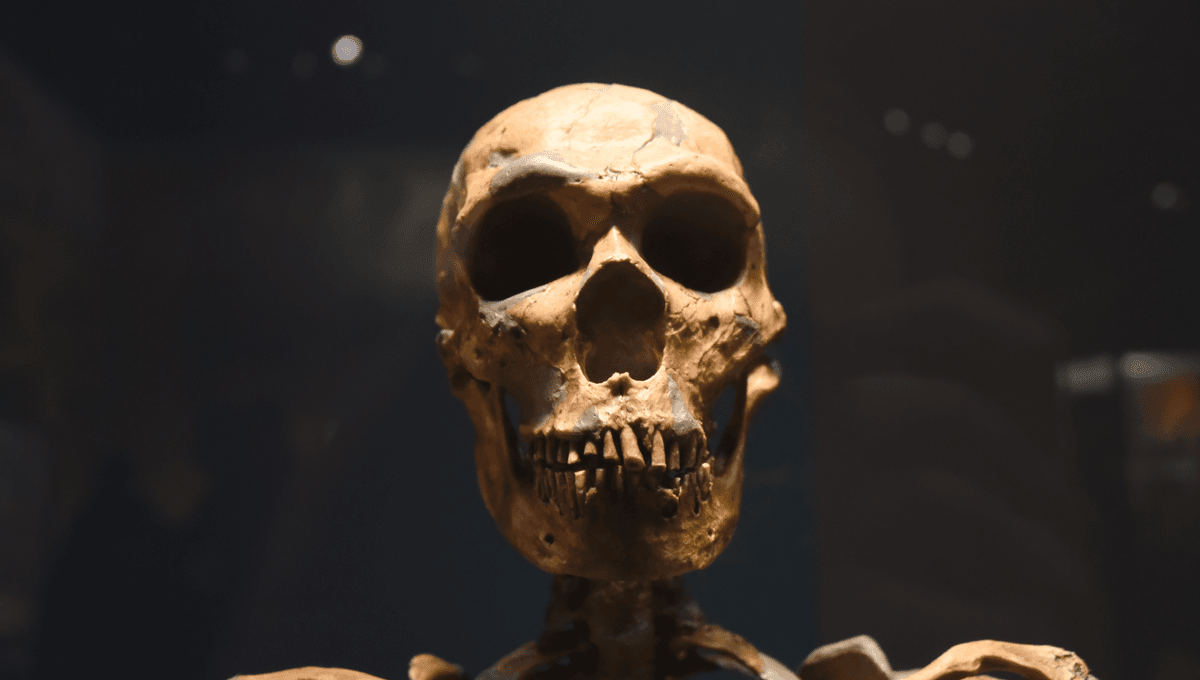
Rare gene variants passed down from our Neanderthal relatives have been linked to the development of autism in a new study.
Scientists at Clemson University and Loyola University New Orleans found that rare Neanderthal variants are significantly more common in autistic people compared to non-autistic people at a population-wide level.
These rare variants occur in less than 1 percent of the population, but are significantly enriched in the genomes of autistic individuals across three ethnic groups in the US (black non-Hispanic, white Hispanic, and white non-Hispanic).
This “strongly suggests” that Neanderthal-derived DNA plays a significant role in autism susceptibility, the researchers write.
Although a link has been found, it’s unclear exactly how the genes are associated with autism. It’s still uncertain what even causes autism, although it’s likely to be a combination of genetic and environmental factors.
It’s also worth highlighting that this research doesn’t suggest that autistic people are “more Neanderthal” than non-autistic people.
“Our results are a little more nuanced than ‘autistic people are just more Neanderthal.’ For background, the human genome is made up of over 3 billion nucleotide pairs. The vast majority of our genomes is pretty identical to one another. But there’s a few places in the human genome that are sites of variation,” Emily Casanova, study author and an assistant professor of neuroscience at Loyola University New Orleans, told PsyPost.
“Neanderthal DNA provides some of that variation and some of those variants are common (1 percent or more of the population has that particular variant) or they can be rare (less than 1 percent has that variant). In our study, we’ve found that autistic people, on average, have more rare Neanderthal variants, not that they have more Neanderthal DNA in general,” explained Casanova.
Most modern humans have genes from our “sister species” as a result of ancient interbreeding between Homo sapiens and Neanderthals. Rampant interspecies romping appears to have occurred between the two hominins during a period when our ranges overlapped in Eurasia around 50,000 years ago.
It’s estimated that genes from Neanderthal make up an average of 1 to 4 percent of the human genome, although this concentration varies from population to population. People of European or Asian descent tend to have the highest proportion – around about 1 to 2 percent – while people of African descent generally have less – zero or close to zero percent.
The legacy of this affair still lives on in today’s human population. A long reel of studies have also found how Neanderthal DNA is linked to an array of different traits and health conditions. The genes have been implicated in everything from lower pain thresholds and higher vulnerability to COVID-19, to depression and drug metabolism (not to mention bigger noses).
The study is published in the journal Molecular Psychiatry.
Source Link: Neanderthal DNA Sequences Found In Less Than 1 Percent Of People Linked To Autism